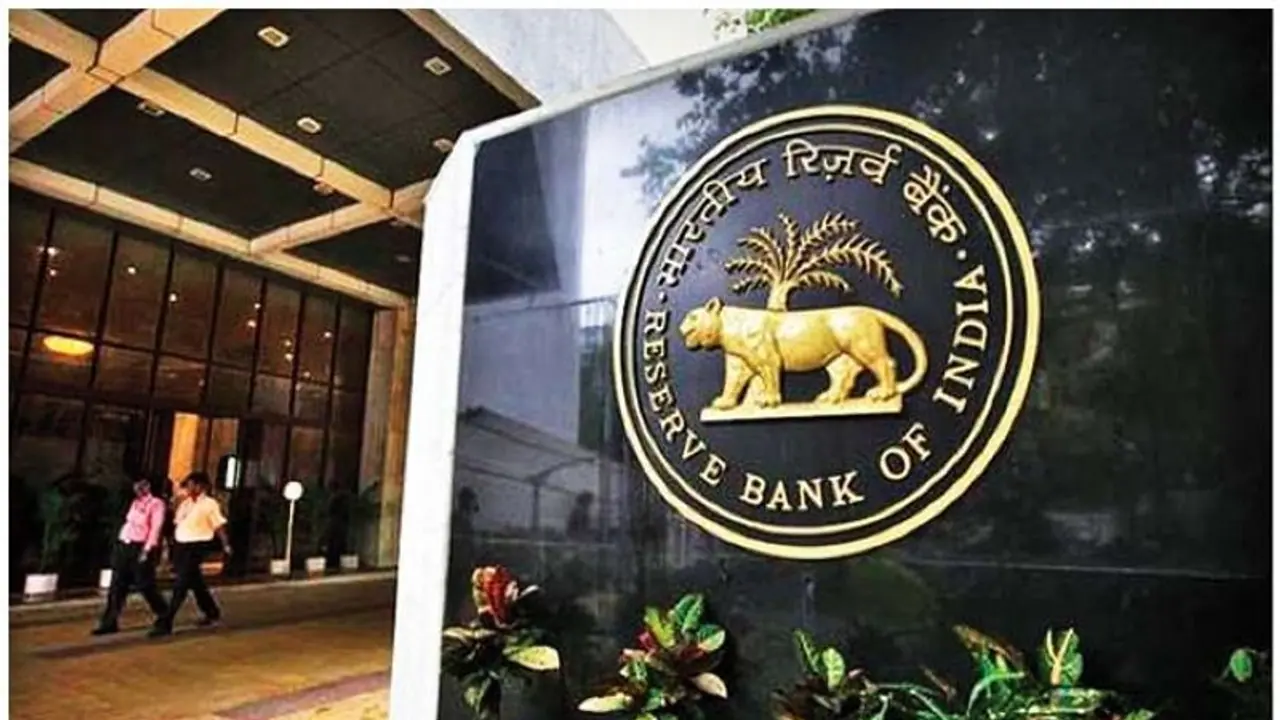Digital Rupee or e-Rupee is a form of digital token that represents legal tender. Unlike cryptocurrencies, the digital Rupee is issued in the same denominations as paper currency and coins. Here's everything you need to know about it.
The Reserve Bank of India (RBI) announced the launch of the first pilot for retail digital Rupee or e-rupee on December 1. To begin with, the RBI has collaborated with four banks in Mumbai, New Delhi, Bengaluru, and Bhubaneswar: State Bank of India, ICICI Bank, Yes Bank, and IDFC First Bank. According to RBI, the experiment will initially only apply to the closed user group (CUG), which consists of participating consumers and retailers.

What is e-Rupee?
The e-Rupee is a type of digital token that stands in for legal money, according to the RBI. The digital Rupee is produced in the same denominations as paper money and coins, unlike other cryptocurrencies.
Also Read | RBI to launch first pilot for retail digital rupee from December 1; Know all about it
Which banks will be a part of the pilot project?
The introduction of the digital rupee will take place in phases, according to the central bank. The pilot would initially commence with four banks in only four locations for the first phase: State Bank of India, ICICI Bank, Yes Bank, and IDFC First Bank. Mumbai, New Delhi, Bengaluru, and Bhubaneswar are among these cities. The pilot will now include four additional institutions, including Bank of Baroda, Union Bank of India, HDFC Bank, and Kotak Mahindra Bank, according to the RBI.
Also Read | Vistara to merge with Air India; Singapore Airlines to have 25.1% stake
The service will eventually be expanded to a large number of additional Indian cities, including Ahmedabad, Gangtok, Guwahati, Hyderabad, Indore, Kochi, Lucknow, Patna, and Shimla. The facility will eventually spread to other regions of the nation.
How will e-Rupee work?
The RBI emphasised that consumers and businesses will get digital rupees, or e-Rupees, through intermediaries like banks. Through a digital wallet provided by the qualified banks and kept on mobile phones or other devices, users would be able to conduct transactions using e-Rupee.
The central bank also clarified that both person-to-person (P2P) and person-to-merchant (P2M) transactions in digital rupee are possible. Users will be able to conduct online-like transactions utilising QR codes displayed at merchant locations to pay using e-Rupee.
Also Read | Gautam Adani tops Forbes 100 richest Indian billionaires, Mukesh Ambani second; check their net worth
